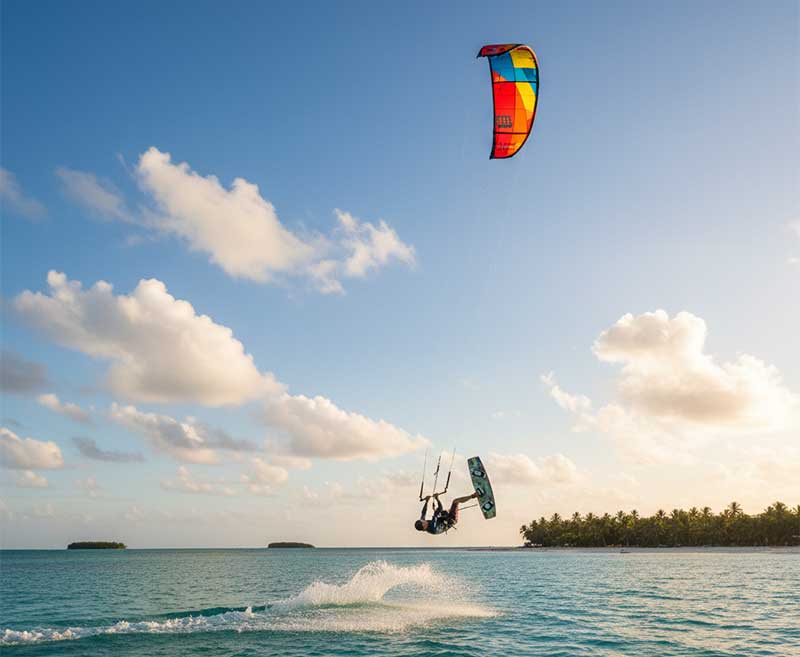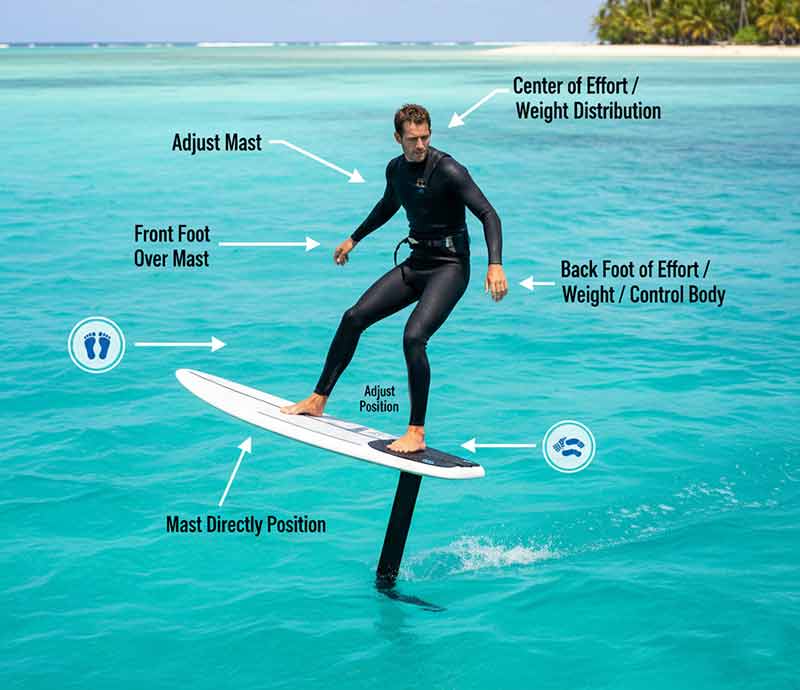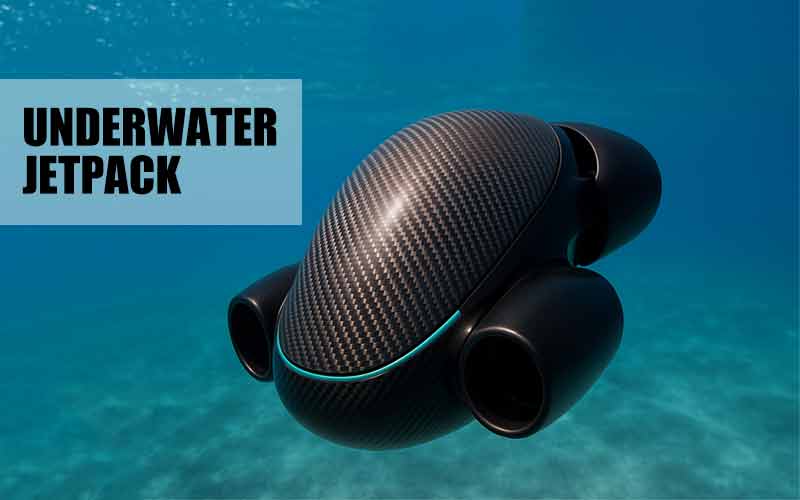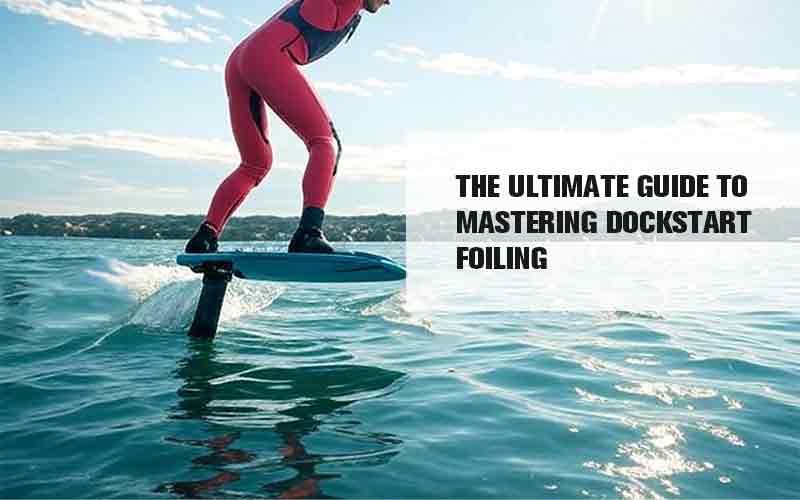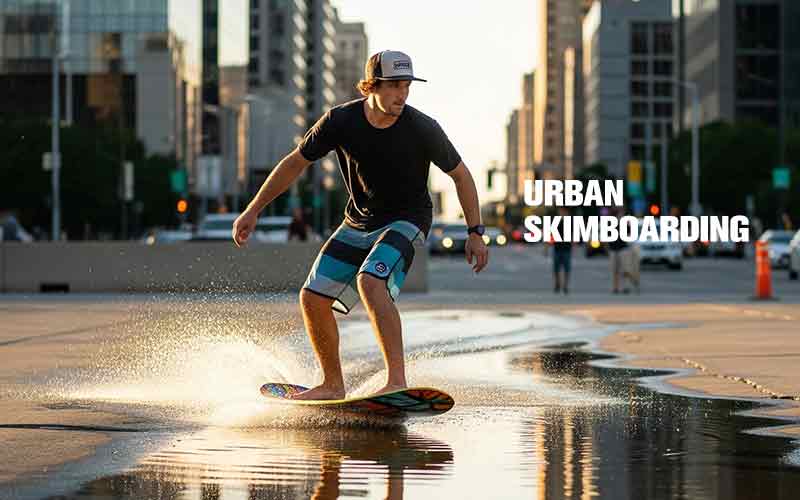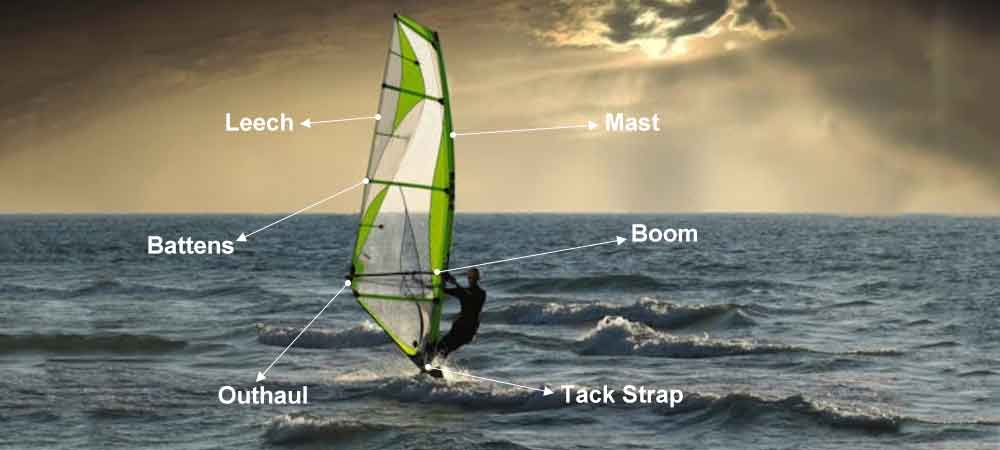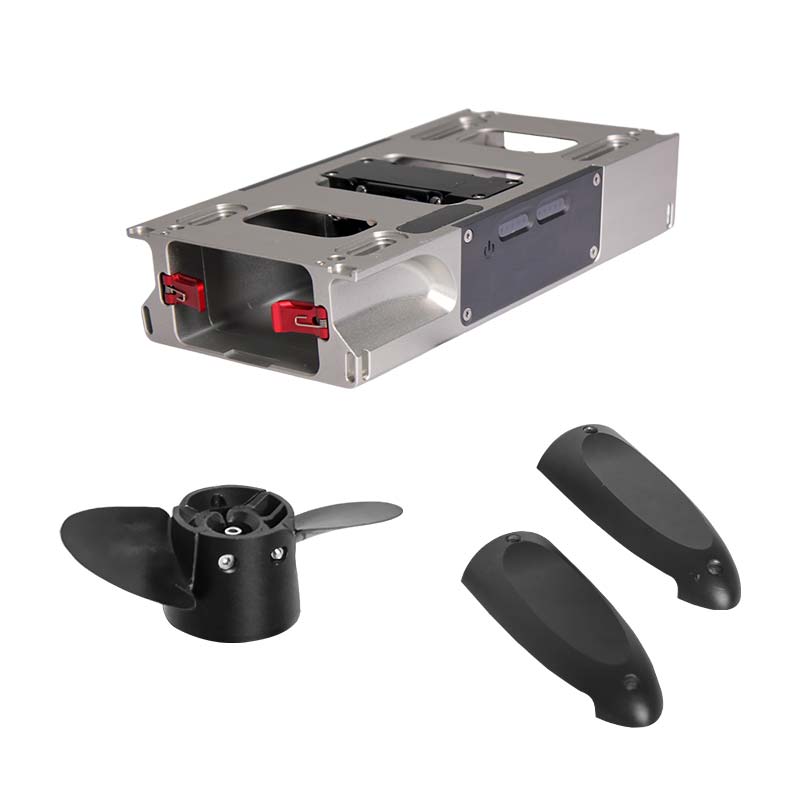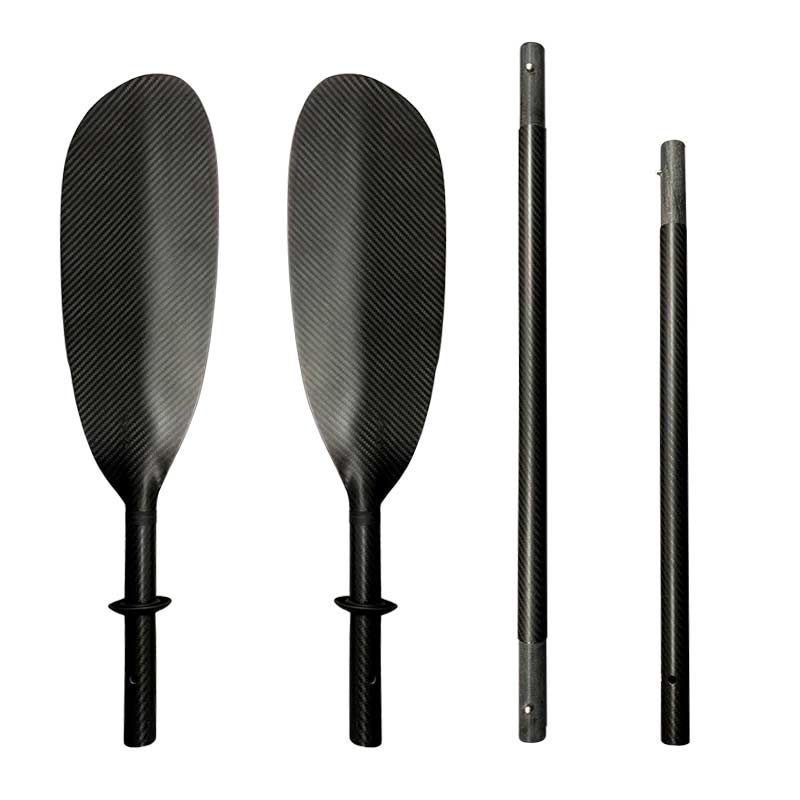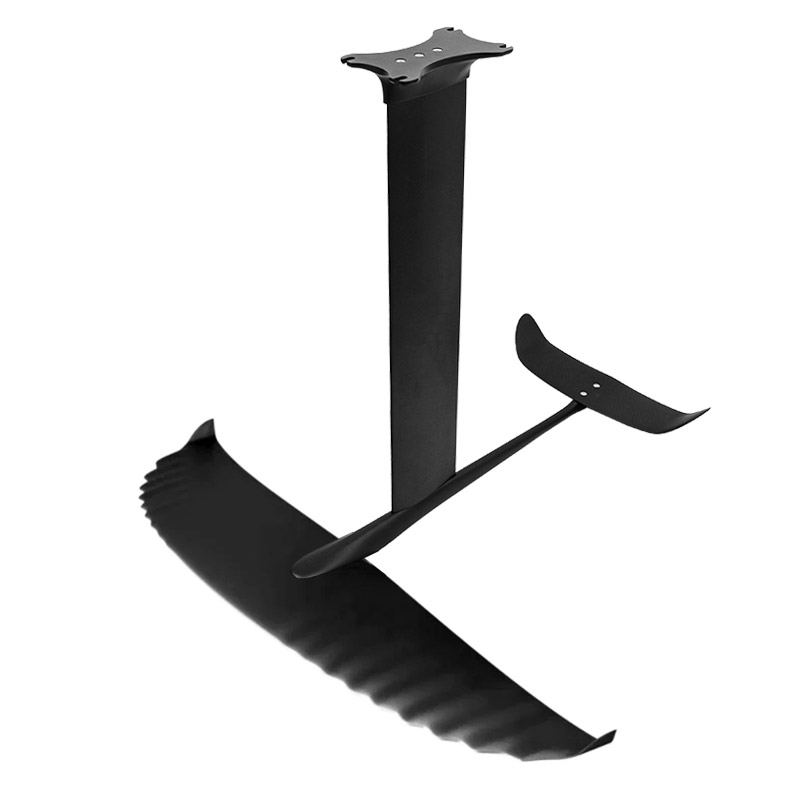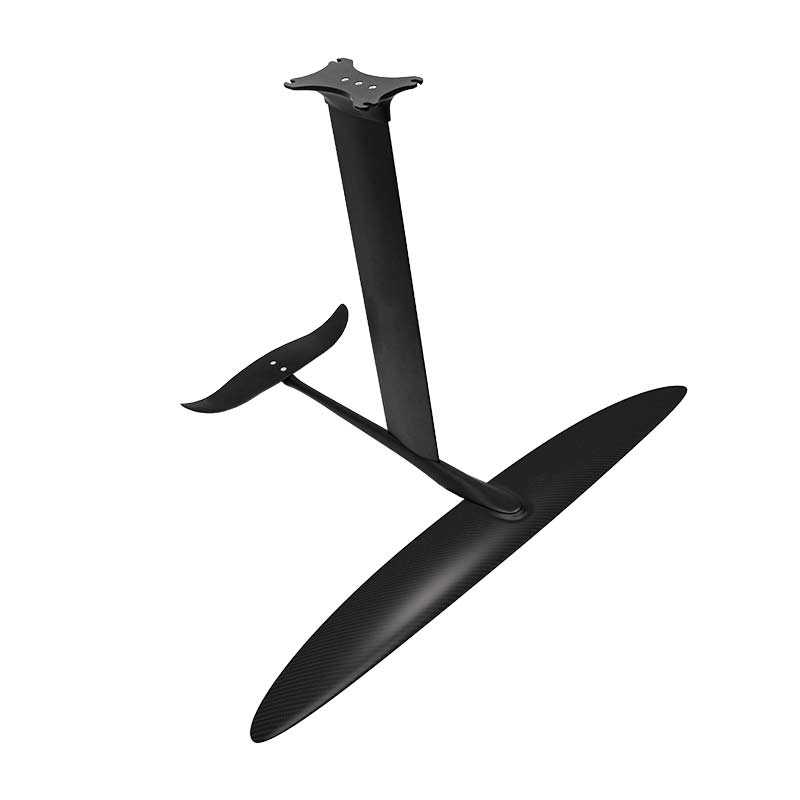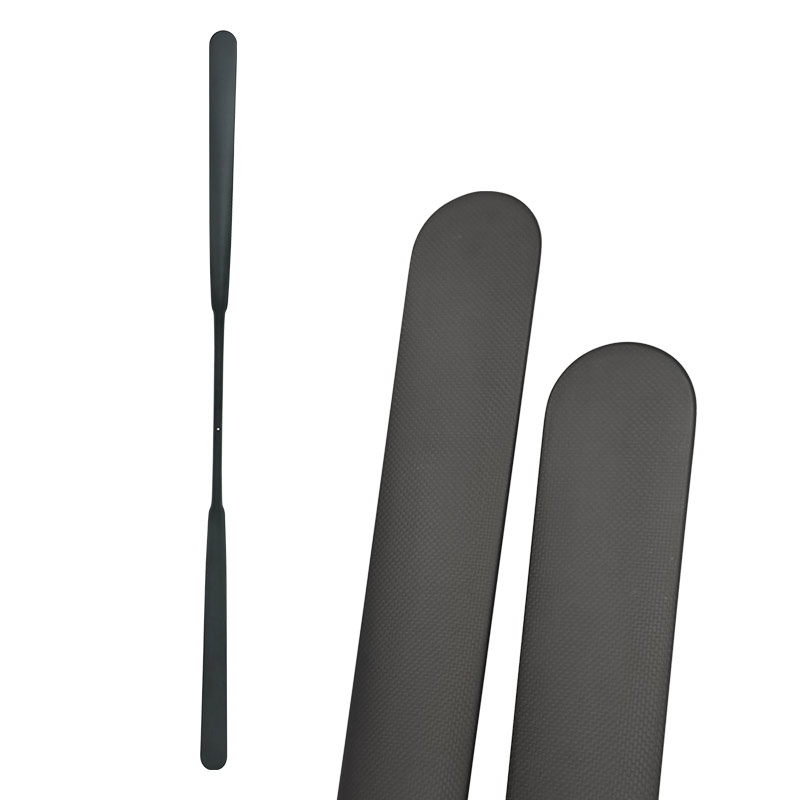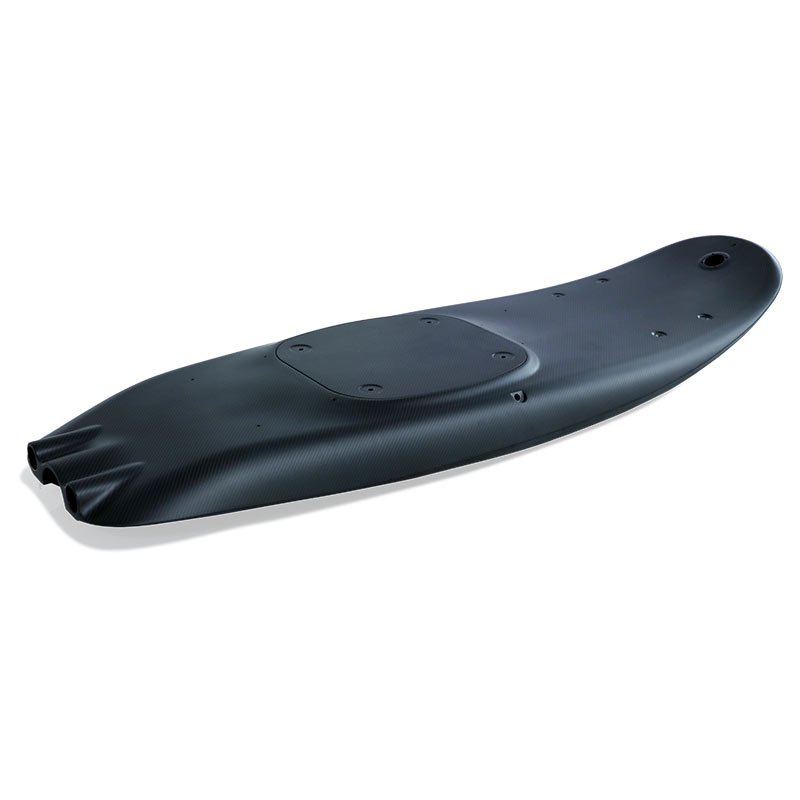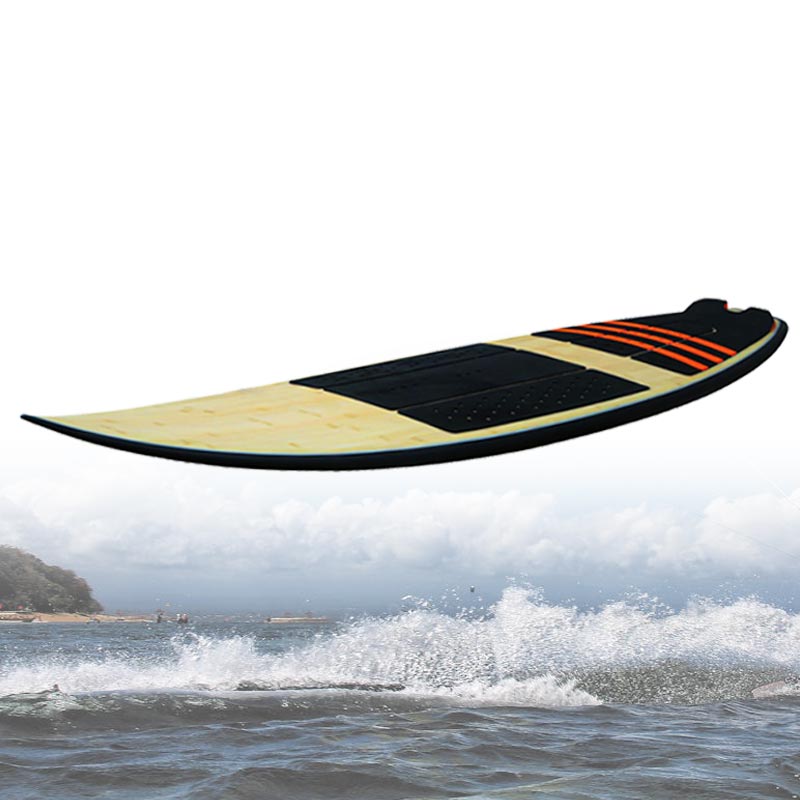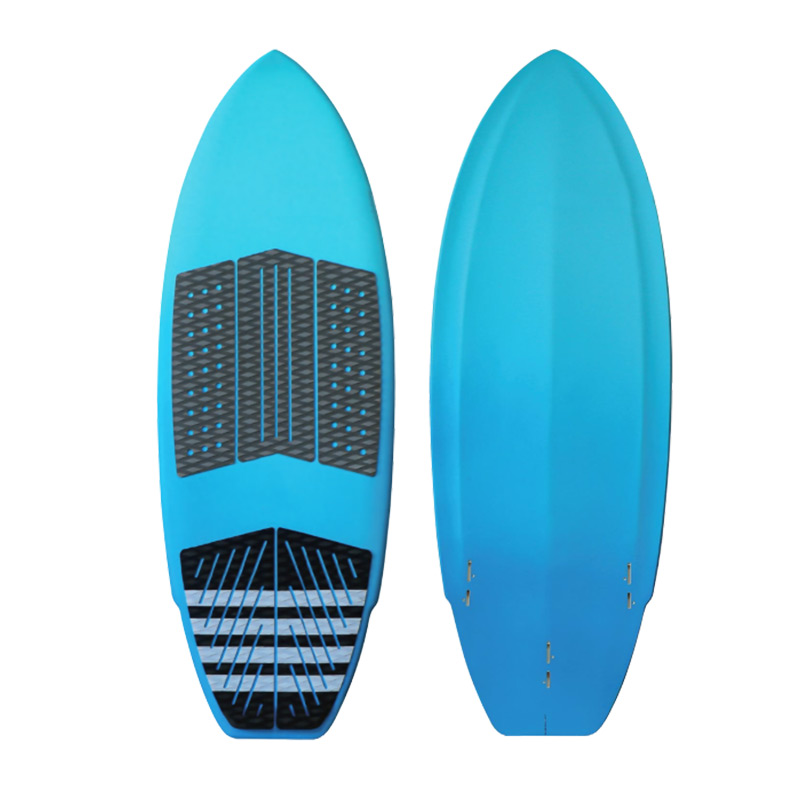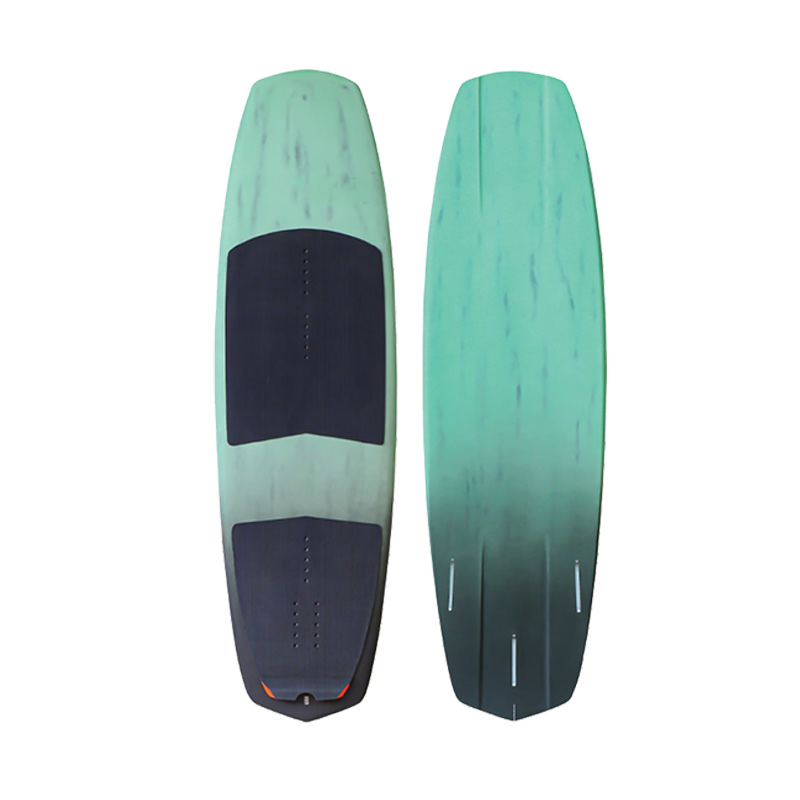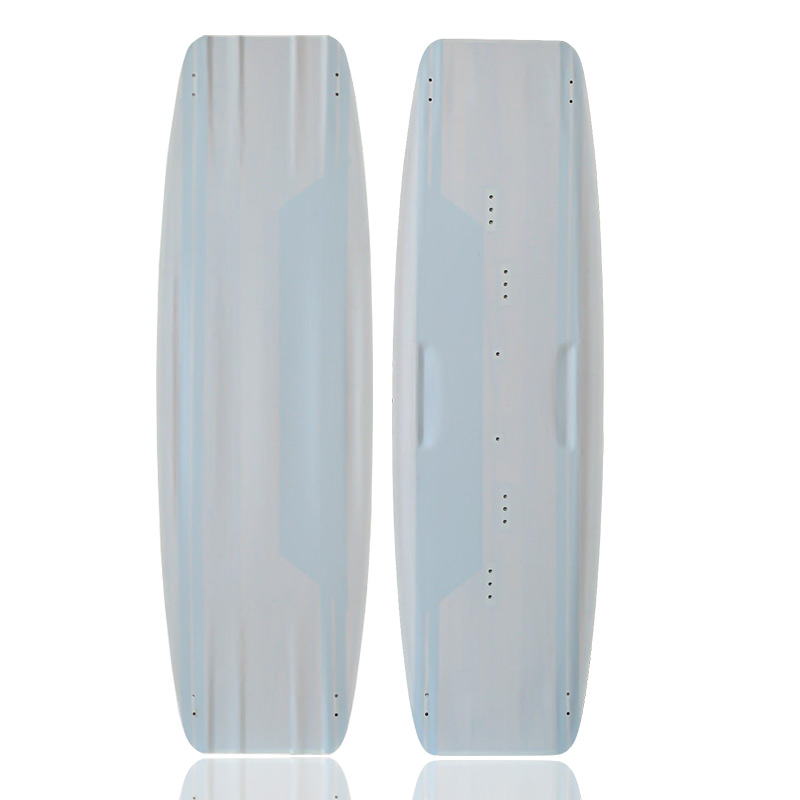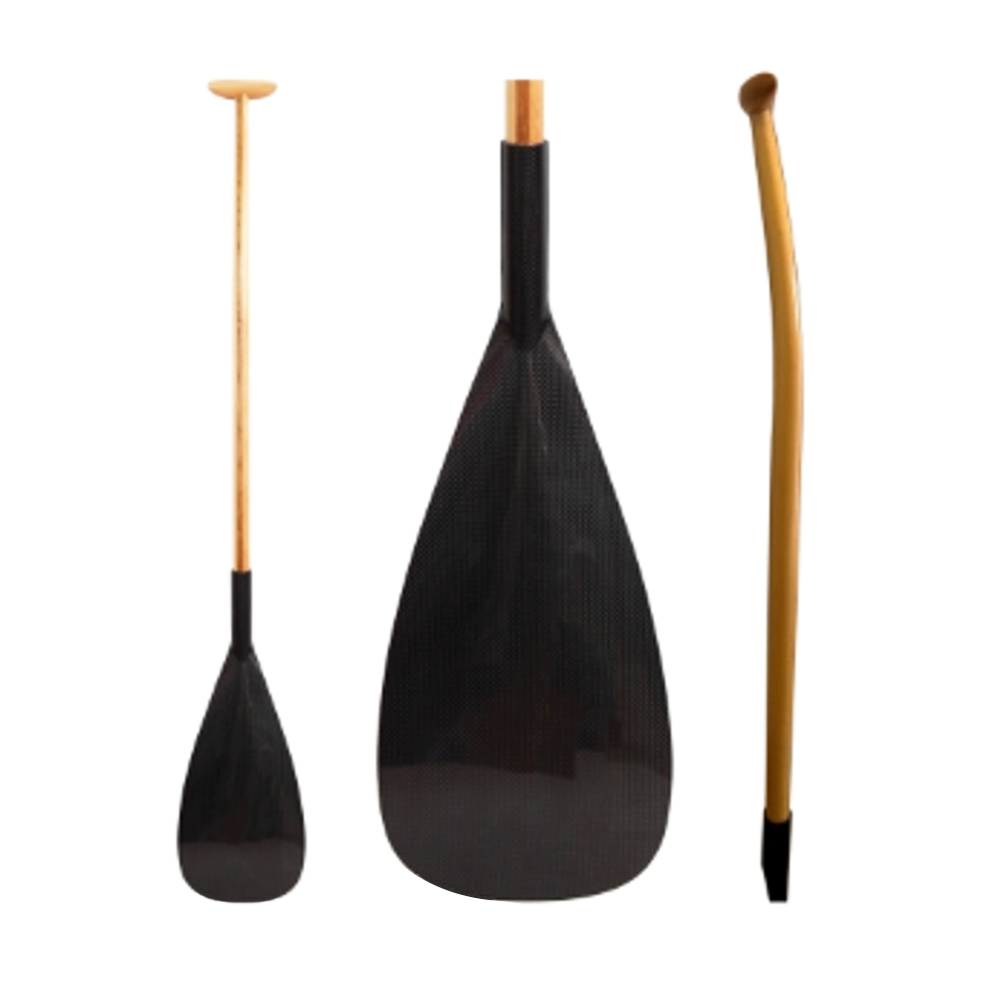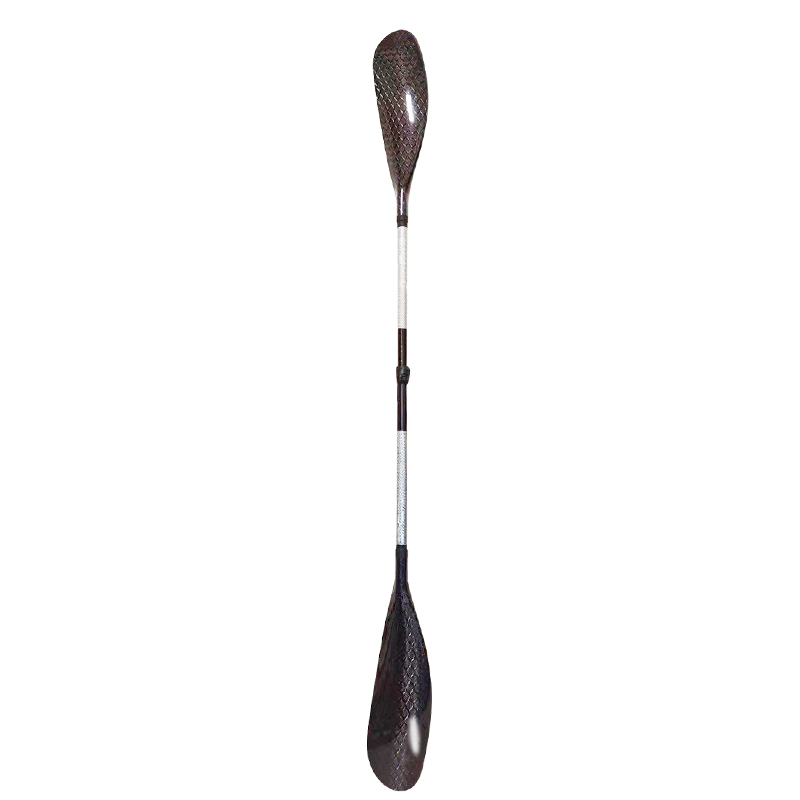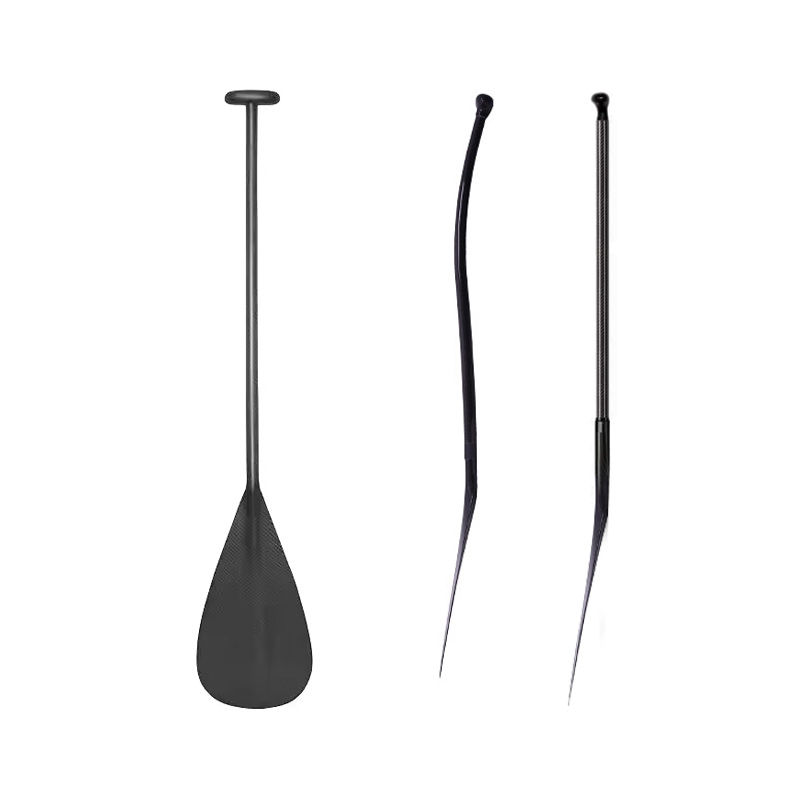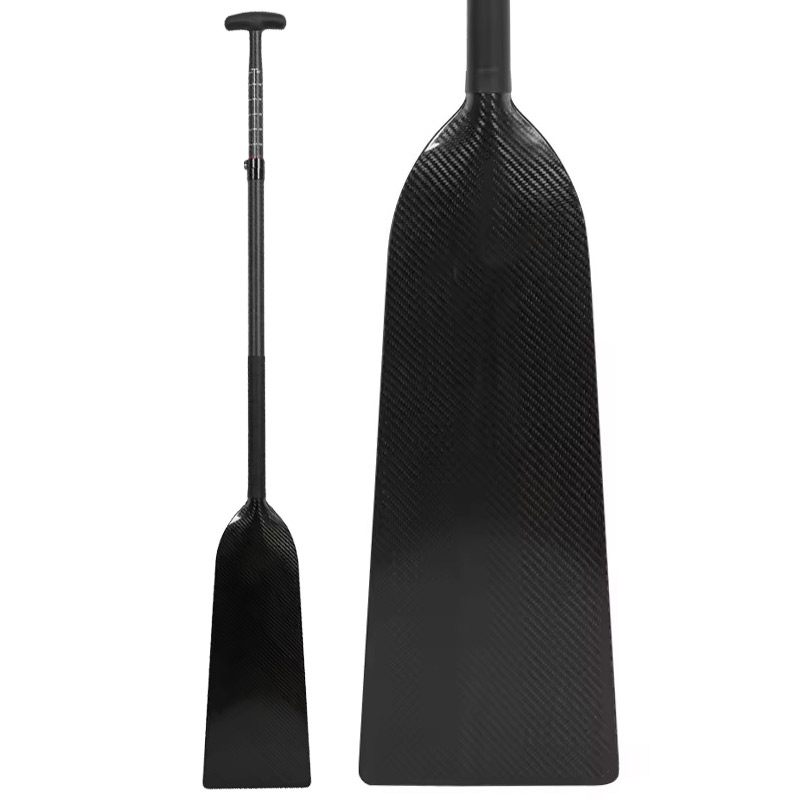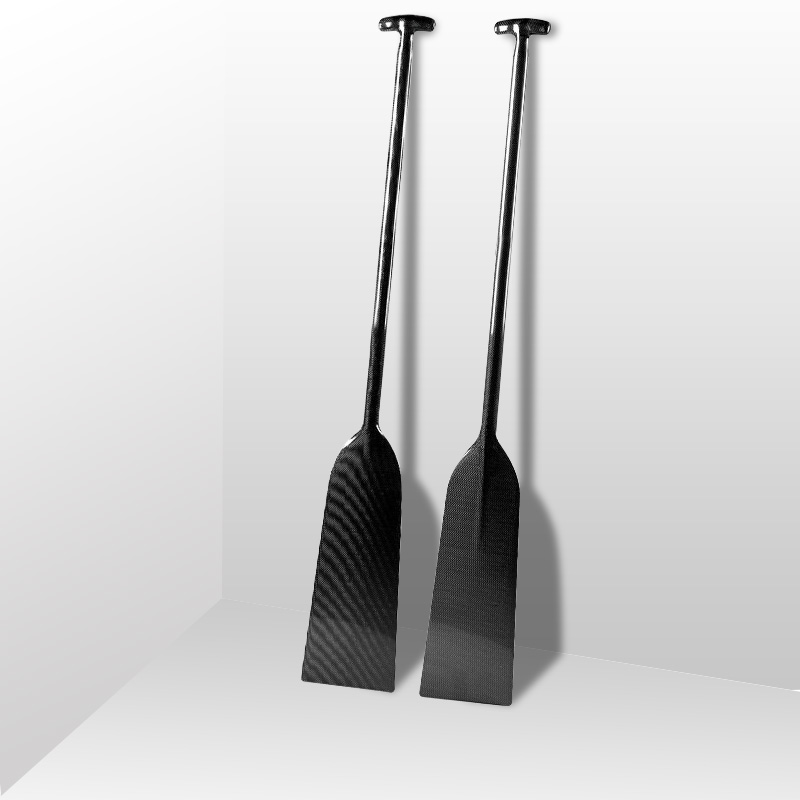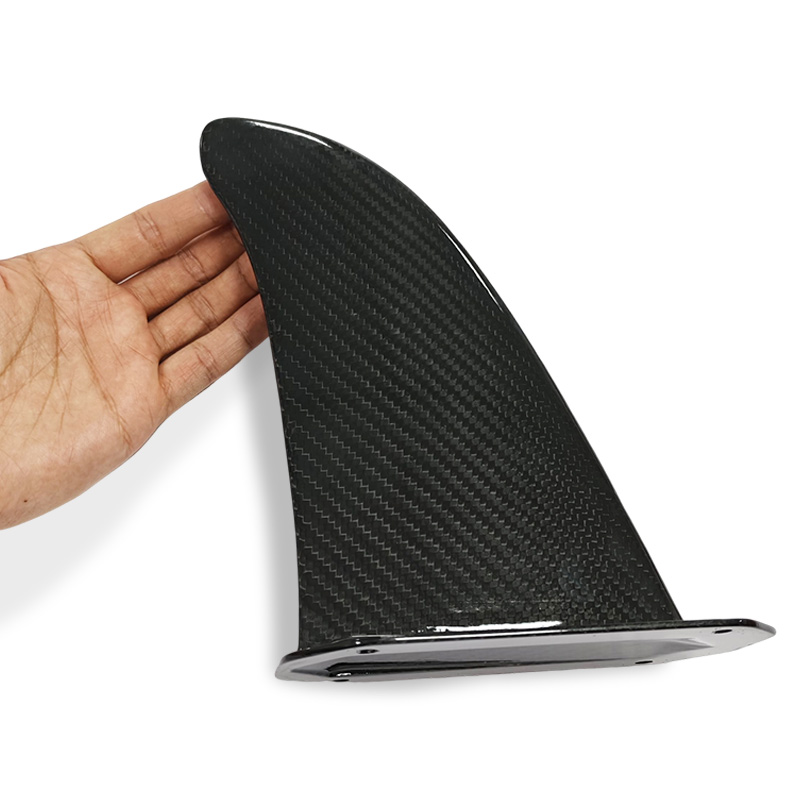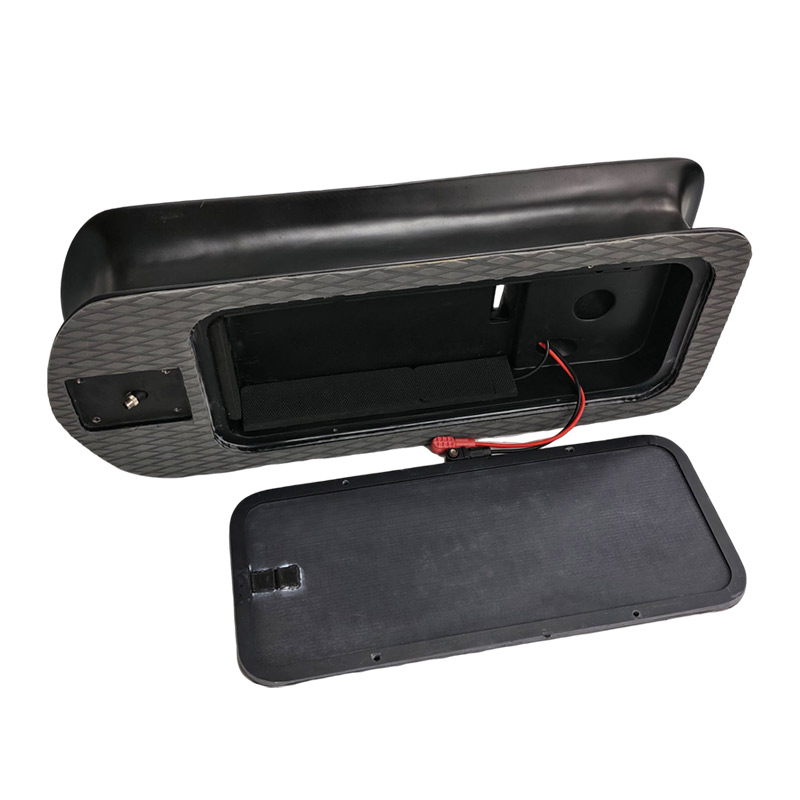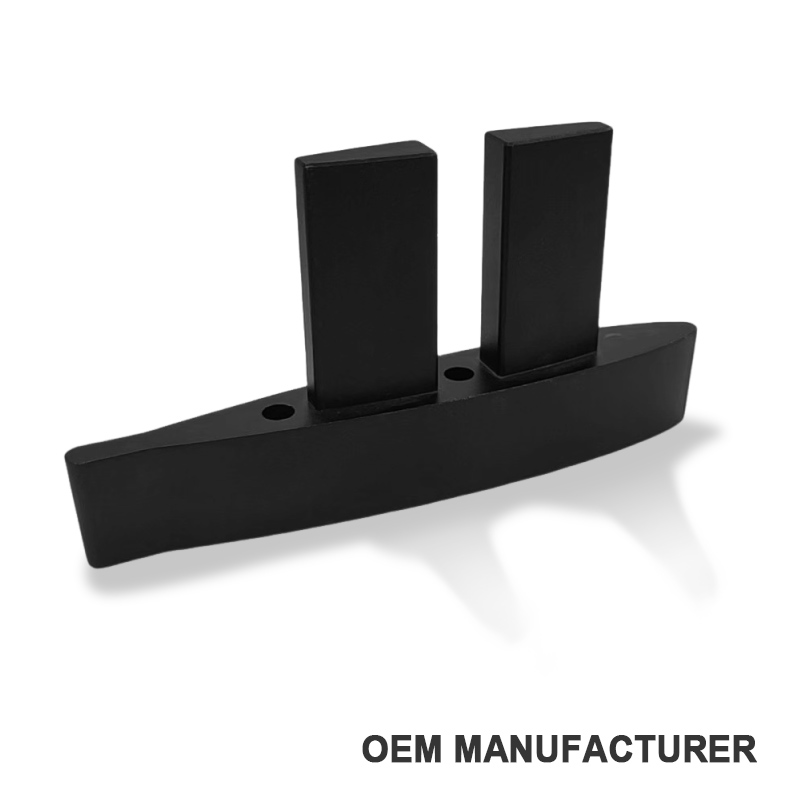In wing foiling, the right wing foil size guide is crucial for optimizing performance and enjoyment. Selecting the correct size profoundly impacts your control, stability, and overall riding experience. A larger wing foil, as indicated in many size guides, provides increased lift and ease of use, ideal for beginners and lighter wind conditions. On the other hand, a smaller wing foil offers superior agility and responsiveness, catering to experienced riders who seek precision and performance in stronger winds.
Understanding how different wing foil sizes affect your ride can prevent inefficiencies and enhance safety. By adhering to a detailed wing foil size guide, you can ensure that your wing foiling adventures are both exhilarating and effortless. This article will tell you about the information wing foil size, hope it will be useful for you.
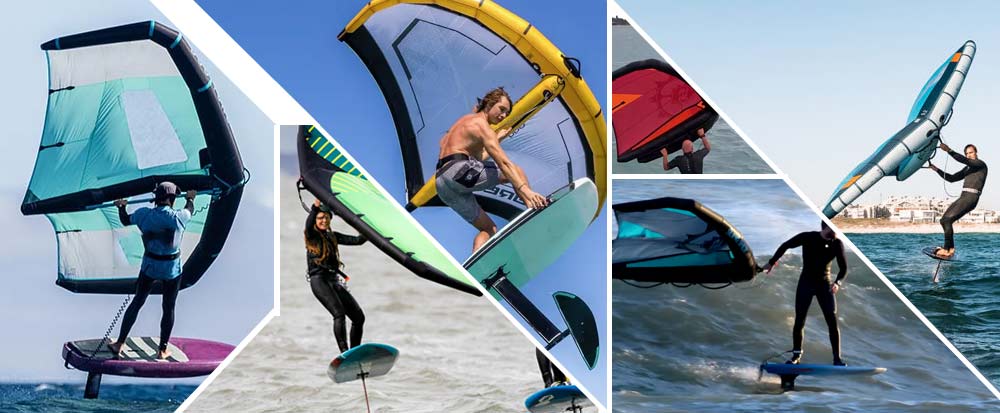
Wing Foil Wing Size Guide(Hand Wing)
The usage of the wing foil size depends on the users’ skill level, wind condition, riders’ weight, riding style, etc. In this section, we will tell the wing foil size choose in different situation.
1. Skill Level
For beginner riders, the larger wings provide more lift and stability, making it easier to get up and stay on the foil.
For intermediate riders, they will have a good balance of lift and maneuverability as they start to refine their technique.
For advanced riders, smaller wings offer higher speed and agility, suitable for more experienced riders who can handle the reduced lift.
| Skill Level | Wing Size/㎡ |
| Beginner | 5-7 |
| Intermediate | 4-6 |
| Advanced | 3-5 |
2. Wind Condition
Generally, larger wings (6-8 meters) will help you get on the foil and stay there in lighter winds. Mid-sized wings (4-6 meters) are generally optimal for a balance between performance and ease. And smaller wings (3-5 meters) are more effective, as they provide less drag and are easier to control in stronger winds.
| Wind Condition | Wing Size/㎡ |
| 8-12 knots (Light) | 6-8 |
| 12-20 knots (Medium) | 4-6 |
| 20+ knots (Strong) | 3-5 |
3. Rider Weight
Smaller wings (4-6 meters) can be sufficient for lightweight riders, especially in moderate to strong winds. The Mid to larger wings (5-7 meters) will offer the lift needed for optimal performance for medium-weight riders. Larger wings (6-8 meters) will be more suitable for easy take-offs and stable flight.
| Rider weight | Wing Size/㎡ |
| < 68kg (150lbs) | 4-6 |
| 68-90kg (150-200lbs) | 5-7 |
| >90kg (200lbs) | 6-8 |
4. Type of Riding
Smaller wings (3-5 meters) for better control and agility, which is perfect for freestyle. Mid-sized wings (4-6 meters) for versatility. Like freeride and all-around style. Meanwhile, larger wings (6-8 meters) for stability and consistent lift, which is suitable for downwind surf.
| Riding Style | Wing Size/㎡ |
| Freestyle | 3-5 |
| Freeride/All-around | 4-6 |
| Downwind | 6-8 |
5. Board Size
- Larger Boards: Pair with larger wings for better stability and ease of use.
- Smaller Boards: Match with smaller wings for more performance and maneuverability.
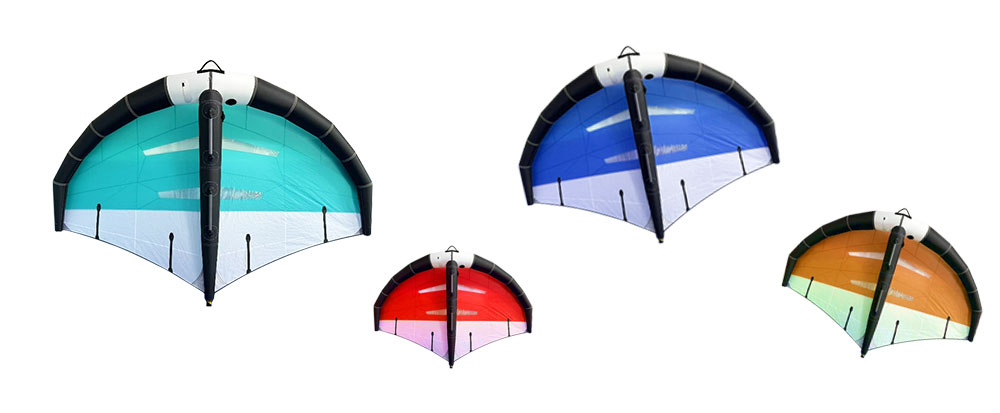
Hydro Wing Foil Size Guide
Choosing the right hydrofoil for wing foiling can significantly enhance your performance on the water. The main components to consider are the front wing, stabilizer, mast, and fuselage.
- Beginners: Large front wing (1500-2200 cm²), large stabilizer (250-350 cm²), shorter mast (60-75 cm), and longer fuselage (70-90 cm).
- Intermediate: Medium front wing (1200-1500 cm²), medium stabilizer (200-300 cm²), medium mast (75-90 cm), and medium fuselage (65-80 cm).
- Advanced: Small front wing (800-1200 cm²), small stabilizer (150-250 cm²), longer mast (90-105 cm), and shorter fuselage (60-70 cm).
1. Front Wing & Stabilizer
According to the wing foil size from above, here is the information comparison for your reference.
| Front Wing | Low Aspect Ratio | Medium Aspect Ratio | High Aspect Ratio |
| Shape | Wider and shorter
with a thicker profile. |
Balanced between width and length,
offering a compromise between low and high aspect ratios. |
Narrower and longer with a thinner
profile |
| Lift | Generates more lift at lower speeds,
making it easier to get up on the foil. |
Provides a good balance between
lift and speed. |
Requires a higher speed to lift, but
provides better glide and efficiency. |
| Stability | More stable and forgiving,
ideal for beginners. |
Offers a mix of stability and
maneuverability. |
Less stable but more maneuverable
and responsive. |
| Speed | Slower but more controlled,
great for learning or cruising |
Moderate, suitable for a wide range of
conditions. |
Faster, and suitable for advanced
riders who want performance and glide. |
| Best For | This wing foil size is suitable for
beginners, light wind conditions, and those focusing on stability and ease of use. |
This wing foil size is suitable for
intermediate riders, those looking for versatility, and a mix of cruising and performance. |
This wing foil size is for intermediate
to advanced riders, downwinders, and those seeking speed and efficiency. |
| Rear Wing | Small | Large |
| Lift | Less lift, but quicker and more agile. | Provides more lift and stability, making it easier to control the foil. |
| Turning | Faster, tighter turns. | Slower, smoother turns. |
| Stability | Less stable but more responsive,
allowing for dynamic riding. |
Adds overall stability to the setup, helping beginners or
those in lighter winds. |
| Best For | Advanced riders, high-performance
setups, and those focusing on agility and speed. |
Beginners, stability-focused setups, and learning. |
2. Wing foil mast length
The suitable foil mast size for wing foiling depends on the rider’s skill level, the water conditions, and the specific type of riding they intend to do. Here is a form for your reference about the wing foil size.
| Short Mast (50-70 cm) | Medium Mast (70-85 cm) | Long Mast (85-100 cm) | |
| For | Beginners, shallow waters,
and flat conditions. |
Intermediate riders,
varied water conditions. |
Advanced riders, open ocean
conditions, wave riding. |
| Benefits | 1. Easier to control and balance,
especially when learning. 2. Reduces the risk of breaching (when the foil comes out of the water) during the early stages of learning. 3. More stable in shallow or flat water conditions. |
1. Provides a good balance between
control and performance. 2. Suitable for most water conditions, including moderate chop. 3. Offers enough clearance to handle small waves and swell without frequent breaches. |
1. Excellent for maintaining control
in choppy water and larger waves. 2. Offers more room to carve and maneuver without breaching. 3. Ideal for high-performance foiling and downwind runs. |
| Drawbacks | 1. Limited performance in choppy or
rough water. 2. Less room for error in wave riding, as it may breach more easily in the swell. |
1. May still be challenging in very
choppy conditions compared to longer masts. |
1. Harder to control for beginners. 2. Requires deeper water to avoidbottom strikes. |
Wing Foil Board Size Guide
When selecting a wing foil board is also a part of a wing foil size guide, the size and volume of the board play a crucial role in performance and comfort.
Board Volume
| Low Volume (20-40 liters) | Medium Volume (40-60 liters) | High Volume (60+ liters) | |
| Best For | Advanced riders, are those who are
proficient in wing foiling and prefer a more responsive and performance- oriented board. |
Intermediate riders and those who are
transitioning from beginner to advanced levels. |
Beginners and riders who want extra
stability and ease of use, or for larger riders. |
| Benefits | More maneuverability and agility, less
buoyant but can handle higher speeds and more aggressive maneuvers. |
Provides a balance of stability and
maneuverability. Suitable for a wide range of conditions and riders. |
Provides excellent stability and ease of
takeoff, especially in lighter wind conditions. Easier to balance and control. |
| Drawbacks | Less stable, requires good balance and
technique. |
May not offer the same level of
performance as low-volume boards but is versatile for various conditions. |
Less responsive and agile compared to
lower volume boards. |
Choosing the Right Board
- Beginners: Opt for a board with higher volume (60+ liters), medium to long length (150-170 cm), and wider width (70+ cm) to ensure stability and ease of use.
- Intermediate Riders: A board with medium volume (40-60 liters), medium length (150-170 cm), and medium width (60-80 cm) provides a good balance of stability and performance.
- Advanced Riders: Choose a lower volume board (20-40 liters), shorter length (130-150 cm), and narrower width (up to 60 cm) for agility and high-performance riding.
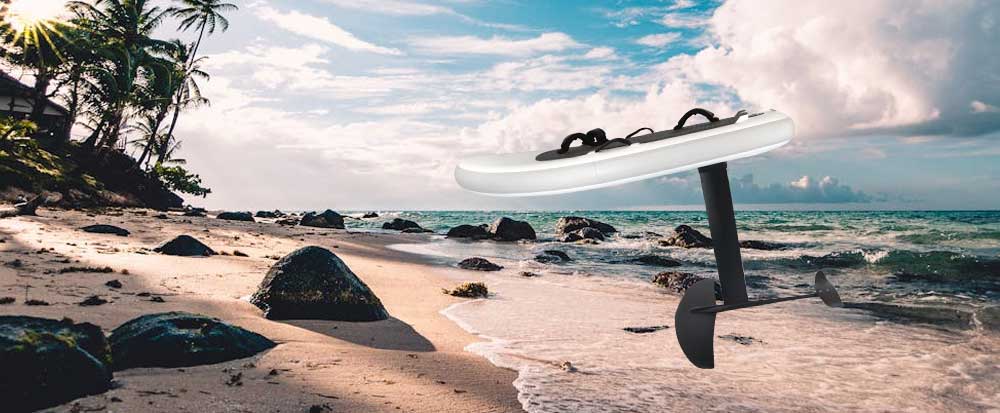
Wing Foil Size Guide Summary
In wing foiling, selecting the right wing foil size for each component—front wing, rear wing, mast, and board—is crucial for optimizing performance and enjoyment. Larger wings provide more lift and stability, making them ideal for beginners and lighter winds, while smaller wings offer greater agility and responsiveness, suited for advanced riders and stronger winds. For front wings, beginners should choose larger sizes (1500-2200 cm²) for ease of use, while intermediate and advanced riders can opt for medium (1200-1500 cm²) and small sizes (800-1200 cm²) respectively for better performance.
Rear wings also vary: larger wings are more stable and easier for beginners, while smaller wings are preferred for their agility. Mast lengths should match the rider’s skill and conditions: shorter masts are good for beginners, medium masts for intermediates, and longer masts for advanced riders. Board size also matters—larger volumes (60+ liters) offer stability for beginners, while smaller volumes (20-40 liters) cater to advanced riders seeking performance. By understanding and applying these wing foil size guidelines, you can enhance your wing foiling experience with improved control, stability, and performance. Welcome to contact us to get all foil parts for wing foiling, thank you.

